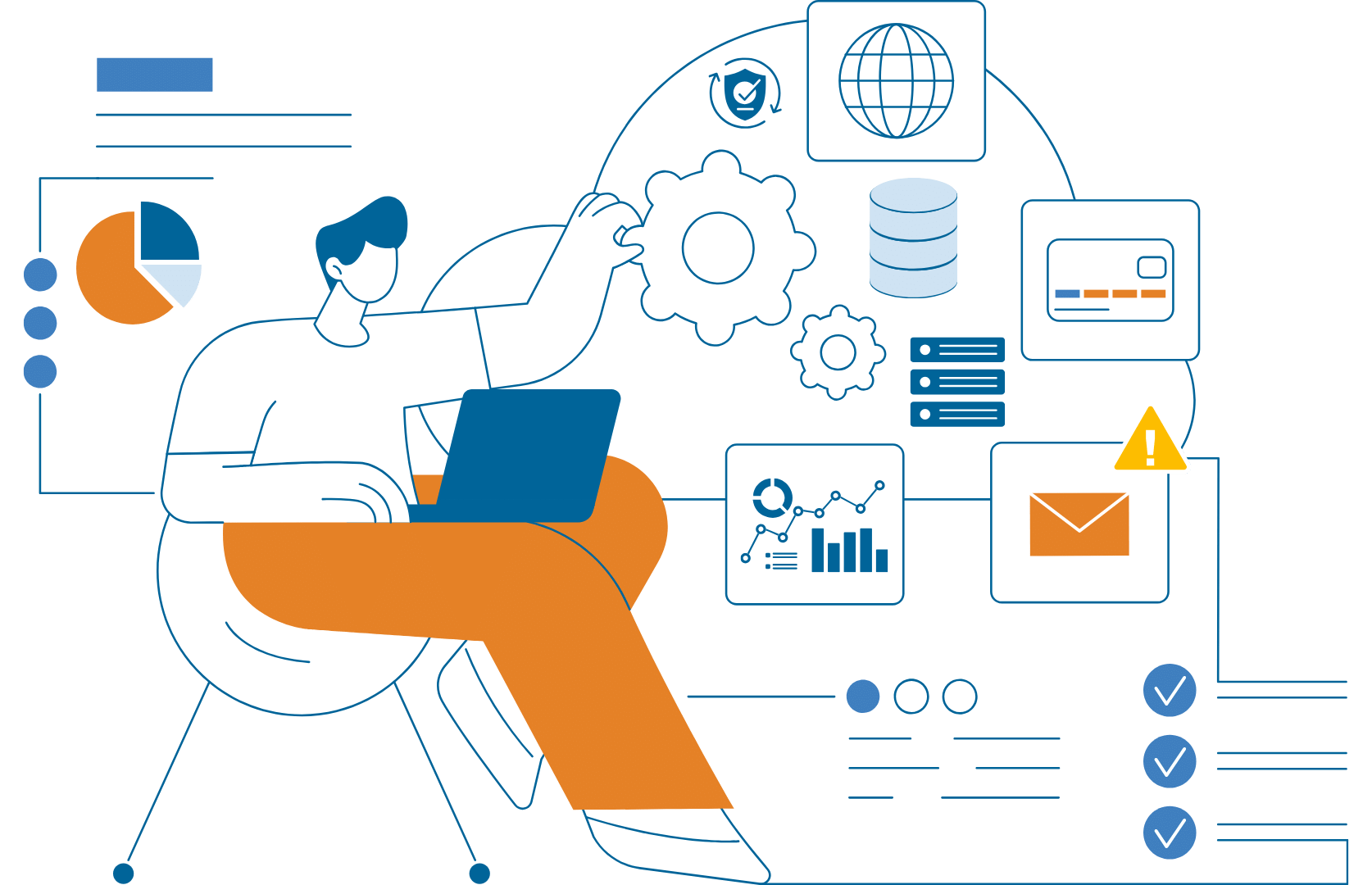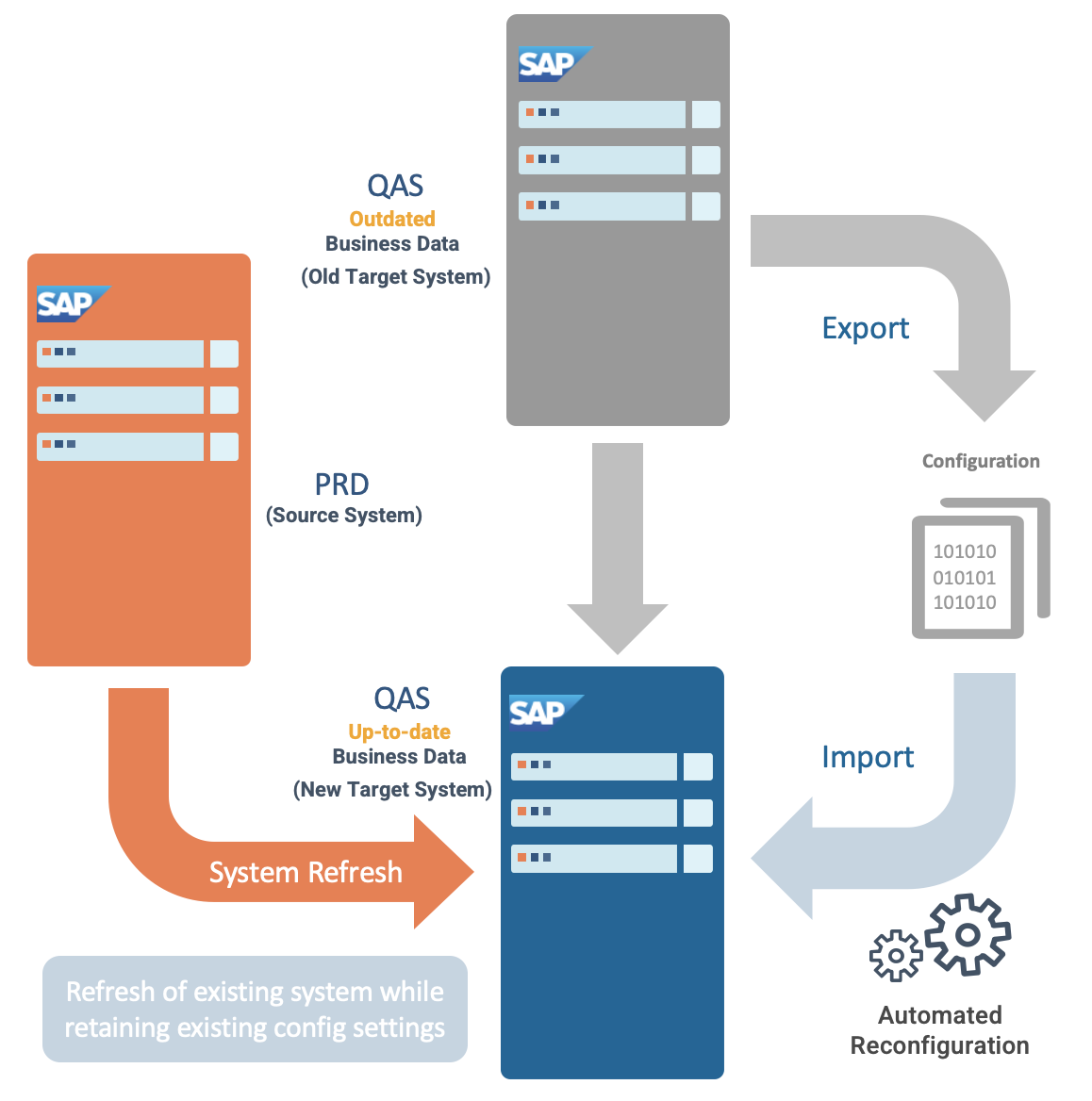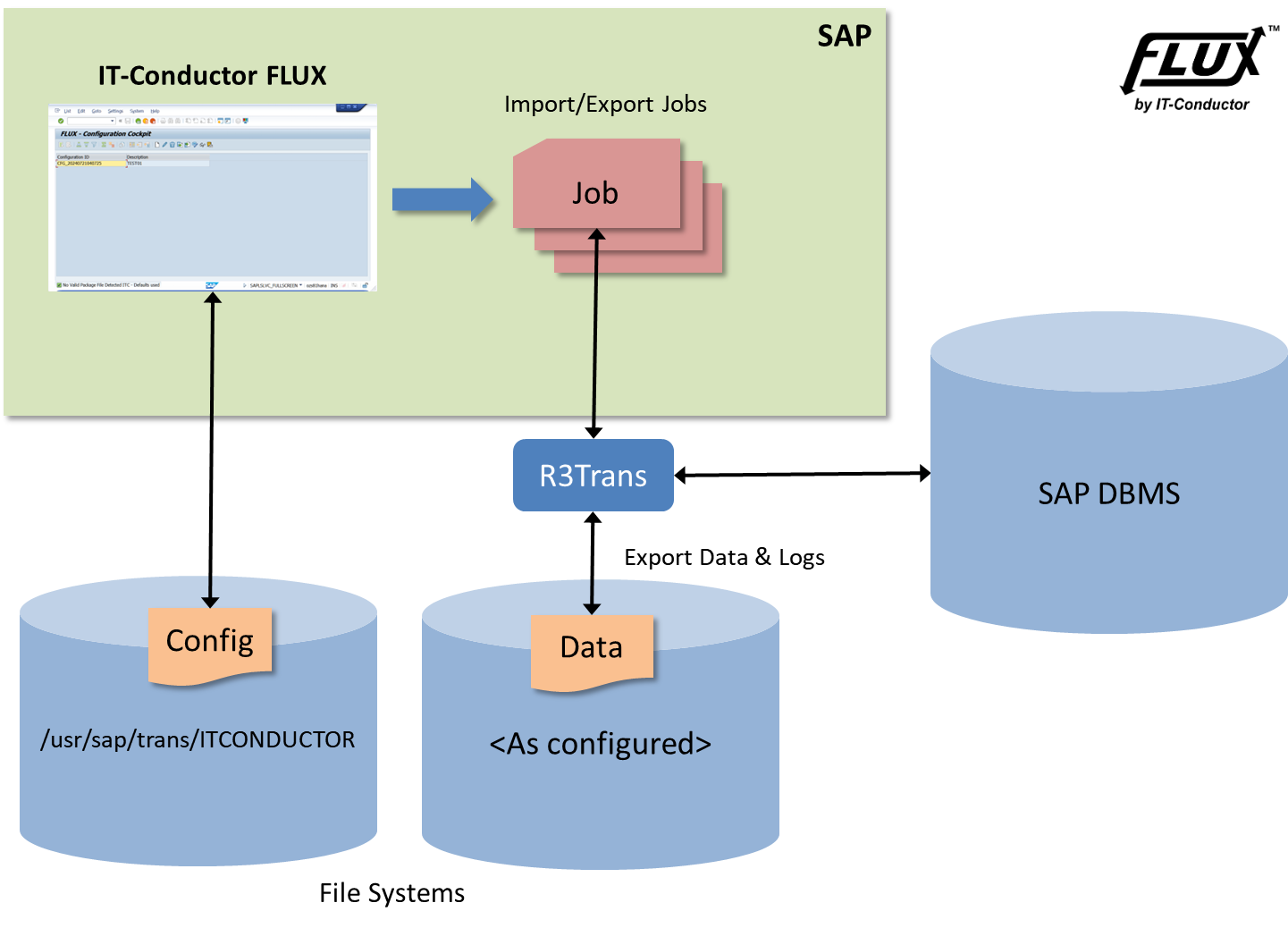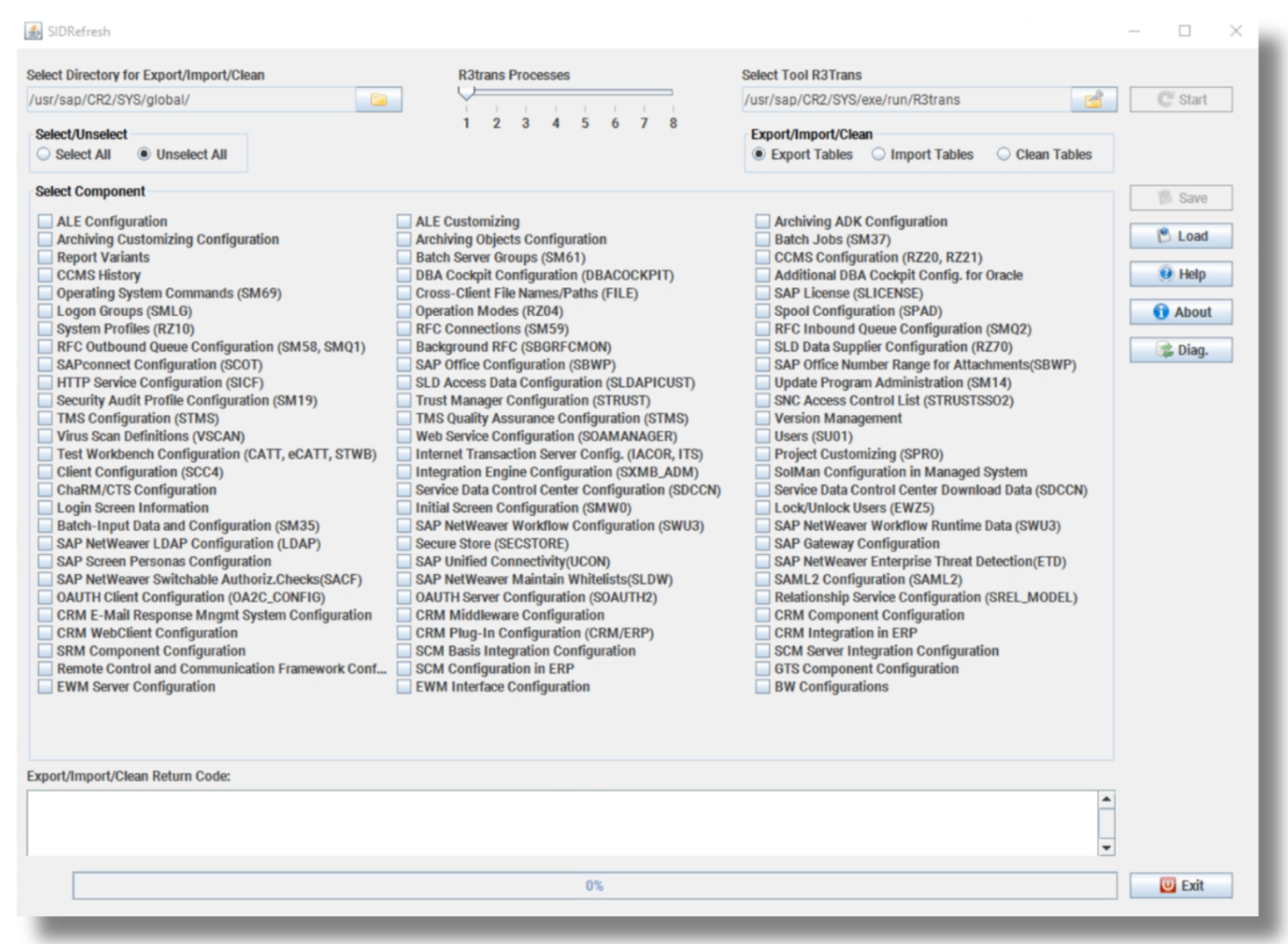SAP system refresh automation is the process of automatically copying data and configurations from a production SAP system to non-production systems (such as QA, DEV, or training environments) using predefined workflows, approvals, and automated execution steps.
Instead of manually exporting, importing, reconfiguring, validating, and repairing systems, automation handles the entire end-to-end refresh process, including post-copy activities, to ensure test and development environments stay aligned with production.
This approach reduces manual effort, eliminates human error, shortens refresh windows, and improves system accuracy and consistency across the SAP landscape.







